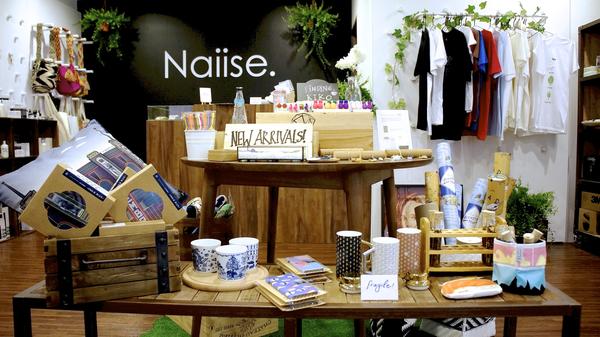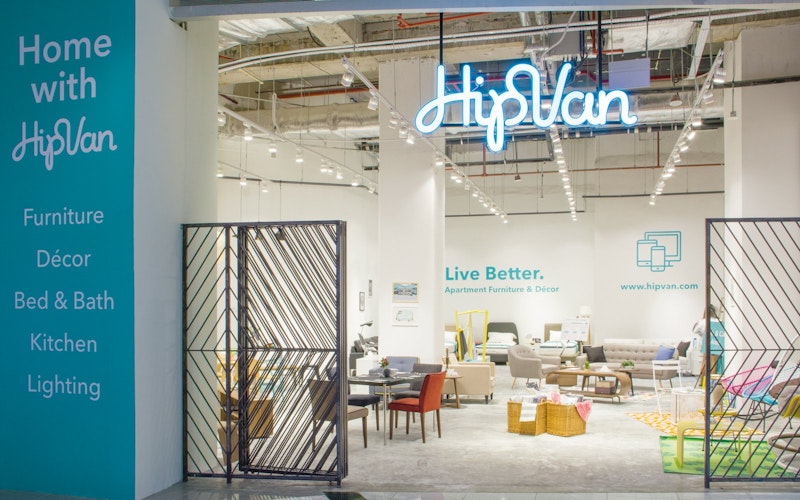Your online shopping temptation might worsen with these e-commerce businesses going offline.
It seems as of late that malls and shopping centres in Singapore are simply unable to put up a worthy fight against online businesses in an increasingly digital commercial landscape . Traditional brick-and-mortar retailers are struggling to keep up with their nimble-footed online competitors. Despite falling rental prices, mall vacancies just keep going up. At the end of 2016, the islandwide retail space vacancy rate was 7.5%, the highest since 2006.
To make matters worse, suburban malls are now starting to feel the pinch too. According to data from property firm Jones Lang Lasalle, suburban malls have seen their vacancy rates almost triple, from below 1% in 2013 to 2.4% at the end of 2016. The retail slump faced by the central shopping district was initially thought to be caused in part by the Government’s decentralisation efforts. However, even heartland malls are losing out in the face of stiff competition from the online world.
Online retailers, however, see a silver lining in all of the ‘retail carnage’ that’s been going on. Lower rental rates – falling below $10/sq ft for the first time last year – and space availabilities have given these online merchants a chance to take their businesses offline, and bring it to the masses. Of the companies that have thrown their hat into the brick-and-mortar ring, homegrown lifestyle brand Naiise and the furniture retailer HipVan have both opened large flagship shops at The Cathay in Dhoby Ghaut, covering massive space of 8,500 sq ft and 11,000 sq ft respectively.
Several other online retailers – like Reebonz and Ohvola – are also trying their hand at traditional shops, through short-term pop-up stores. If history repeats itself, the brands might be testing the grounds for a permanent physical store, much like how Naiise initially did with their pop-ups in 2014. Their clicks-to-bricks strategy proved successful for the lifestyle brand, which reported that its six retail stores are starting to generate more revenue than its online venture.
It can be said that these online brands have found success in the brick-and-mortar retail scene, where others have failed, due to the uniqueness of their branding. Mr. Kesri Kapur, the former CEO of Al-Futtaim Asia which manages brands like Robinsons and Zara, once said that in Singapore “there is not enough differentiation in the stores, for such a small market.”
Moreover, shopping now is less about buying a product, but more about buying into a lifestyle. Online shops jumping into the fray might be just what Singapore’s retail scene needs for it to revitalize itself, to move from simply selling items to selling customers a lifestyle. Pitting online brands against offline stores might be an easy thing to do, but the lines are a lot more blurred than it seems. Both online and offline retailers must realise that to truly survive, they have to find a comfortable middle ground that allows them to enhance their business for the future.



















